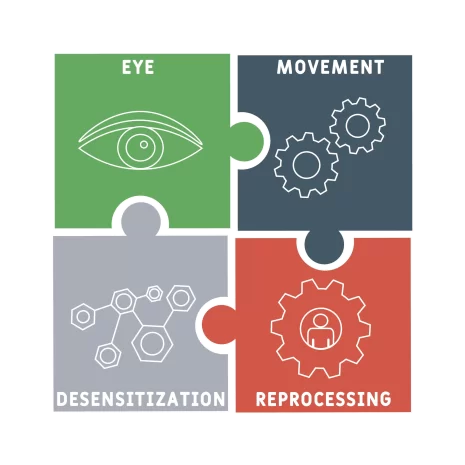What is intensive therapy?
What occurs in an intensive therapy program is that you, as the client, will receive one-on-one therapeutic attention from your therapist throughout a full working day during your retreat.
The process begins with a brief orientation, followed by an in-depth exploration of your personal history, your current situation, including your strengths, resources, challenges, and previous interventions you’ve attempted. Your therapist will also inquire about your short-term and long-term objectives. For children under 12, caregivers may be involved in the intensive program based on the child or youth’s preferences.
By lunchtime, a joint assessment will be made to identify the most effective strategies to help you progress toward your goals. These suggestions will encompass both therapeutic actions and real-life practices.

The subsequent course of therapy varies. Many clients address one or more of the following aspects before delving into processing their trauma:
- Some may engage in guided visualizations to establish a sense of security and a “secure attachment” relationship, especially if they lacked such an attachment in their own history.
- You may focus on stabilization and coping skills.
- And practical strategies and problem-solving.
When both you and your therapist agree that you are ready, you will embark on the journey of processing your trauma and loss memories. This process typically involves techniques like Flash or EMDR. You may begin with a “test run” involving a recent minor upsetting memory or a discrete event from the past, such as a not-too-serious car accident. Usually, you will work through your trauma and loss memories in chronological order, from the earliest to the most recent. While many individuals complete this phase within a few days to a week, some may require more time.
Following this, you will collaborate with your therapist to develop and practice coping skills that enable you to effectively manage foreseeable challenges, ensuring your progress towards your goals remains on track.
Finally, you will establish a plan for any necessary follow-up treatment. This often involves periodic check-ins to monitor your progress, with the option to continue further therapy as needed.
